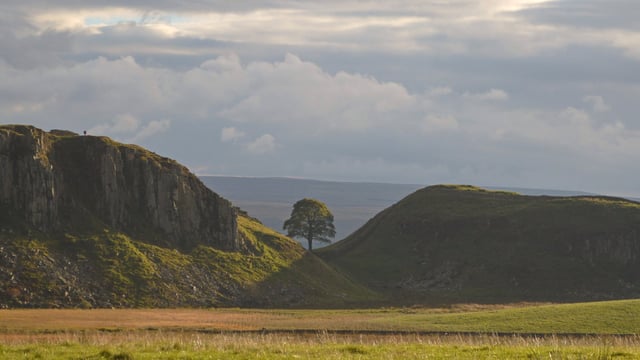England North East Region

Durham
People lived in County Durham during various phases of prehistory. The area later formed part of the border regions of the Roman Empire. The county’s medieval heritage ranges from Escomb Church, which is a very rare survival of the 7th century, through to the ruins of Egglestone Abbey, founded by the Premonstratensians in the 12th century. County Durham also has a proud industrial heritage, showcased at sites like the Beamish Museum and the North of England Lead Mining Museum.

Northumberland
The moors of Northumberland, England’s most northerly county, are home to a rich selection of prehistoric sites. These range from Early Neolithic long barrows to stone circles, and from Bronze Age burial mounds to hillforts, as well as many rock art sites. On the northern border of the Roman Empire, Northumberland is also home to much of Hadrian’s Wall. Later as part of the contested borderland between England and Scotland, Northumberland saw the rise of medieval castles.

Tyne & Wear
Tyne and Wear is a metropolitan area on the north-east coast of England that centres around the mouths of two rivers. The city of Sunderland is at the mouth of the Wear River, while the boroughs of North Tyneside and South Tyneside are to the north and south of the Tyne River mouth respectively. Newcastle is further inland, on the north side of the Tyne, while Gateshead is opposite to the south. The eastern end of Hadrian’s Wall is located here. And, as the birthplace on the Venerable Bede in 673 AD, the area has a rich Anglo-Saxon monastic tradition.


